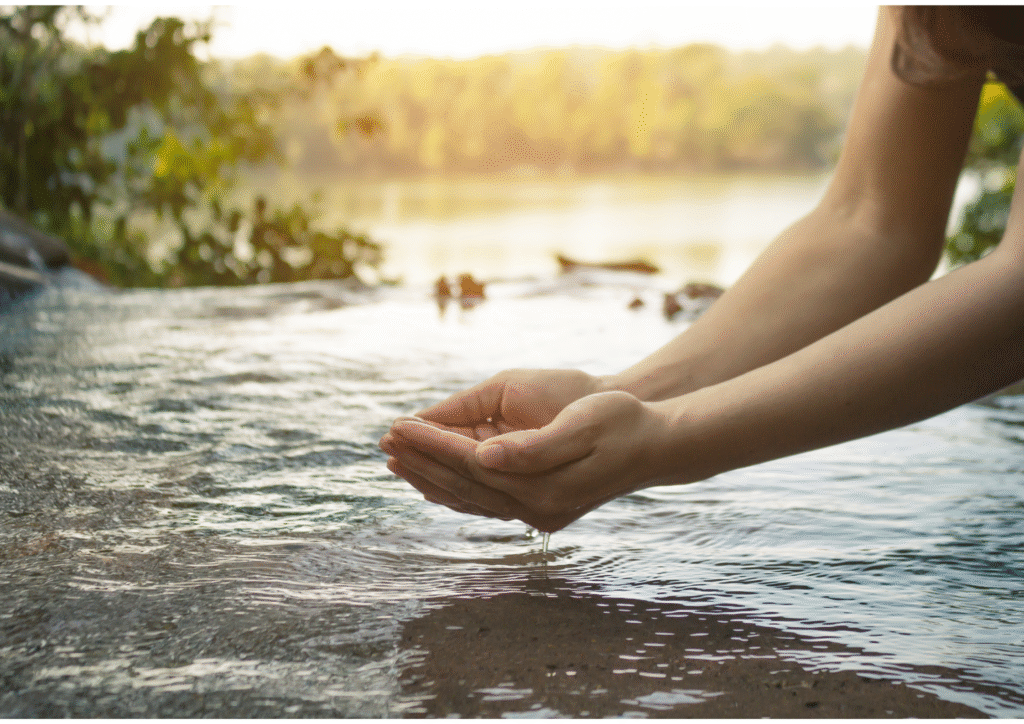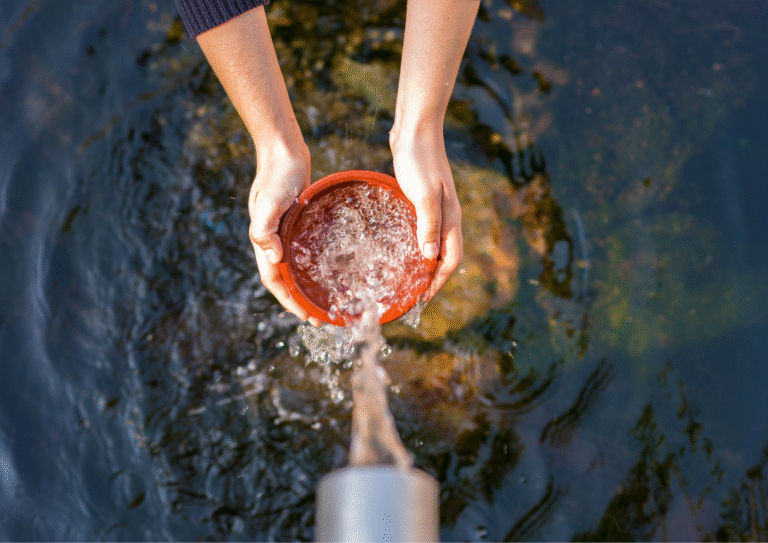
Want to protect your family from deadly diseases? Wondering why clean water isn’t a guarantee for millions around the world? Keep reading… because understanding waterborne diseases might be the first step toward solving one of the most overlooked global health threats.
Why Waterborne Diseases Deserve Our Urgent Attention
Waterborne diseases like cholera, typhoid, and dysentery tragically kill over 800,000 people each year, mostly in developing nations. But here’s the heartbreaking truth: these deaths are largely preventable.
So why are we still letting dirty water steal lives in 2025?
At the heart of the issue lies a simple, heartbreaking fact: many communities still lack access to safe, clean water. Poor infrastructure, limited health education, and political instability make this a difficult problem to solve… but not an impossible one.
This explainer on waterborne diseases and their impact in developing nations shows why access to clean water is one of the most powerful tools in global health.
“But Can’t They Just Boil the Water?”
It’s a fair question… and one many people ask. If unsafe water is the problem, why don’t people just boil it?
Well, let’s talk reality.
In many areas of sub-Saharan Africa or Southeast Asia, people don’t have consistent electricity, let alone fuel for boiling water. Even when they do, the water source might be so heavily contaminated with industrial waste or human feces that boiling alone won’t do the trick. Not to mention… telling a struggling single mom with six kids to “just boil the water” is like handing someone a fire extinguisher during a flood. It misses the bigger picture of their daily challenges.
On the other hand, access to basic sanitation and water treatment facilities has been proven to reduce the incidence of diarrheal diseases by up to 58%. That’s a huge deal… especially in communities where children tragically die before their fifth birthday because of completely preventable infections.
Source: Prüss-Ustün, A., et al. (2014). Burden of disease from inadequate water, sanitation and hygiene in low- and middle-income settings: a retrospective analysis of data from 145 countries. World Health Organization. Link to WHO Publication
Where It’s Happening… and Who It’s Hurting
Over 2 billion people around the world drink water contaminated with feces, according to the World Health Organization. That’s more than 1 in 4 people.
Source: World Health Organization (WHO). (2023). Drinking-water. Link to WHO Fact Sheet
And the worst part? It’s often children who suffer the most.
Waterborne diseases don’t just cause stomach aches… they can lead to malnutrition, stunted growth, and even long-term brain damage due to repeated infections and dehydration. In some rural villages, schools are shut down not because of political conflict or pandemics, but because there are no working toilets and the children keep getting sick.
As a result, entire generations are trapped in a cycle of poverty, sickness, and limited education.
And here’s the kicker: fixing this isn’t even that expensive.
A Drop of Humor (That Might Taste Like Iron)
We’d say “don’t drink the water,” but in some places, you might not even want to touch it. A 2019 report found water sources near some villages in India had the same lead levels as old car batteries. So technically, if you drink that, you could power your house… or end up in one.
What Can Be Done… And What’s Already Working
Community-based water purification, like biosand filters or chlorination stations, have been making a tangible difference. Non-governmental organizations (NGOs) such as WaterAid and Charity:Water are already building sustainable, locally-managed systems that offer long-term impact.
Even small interventions, like educating locals on how to store water safely and avoid re-contamination, can make a huge difference. According to UNICEF, basic hygiene education has reduced diarrhea rates in some regions by 40%.
Source: UNICEF. (2023). Water, Sanitation and Hygiene (WASH). Link to UNICEF WASH page
However, these efforts need more funding, more awareness, and more political will.
Let’s Get Real About the Future
If we don’t tackle this now, the consequences extend far beyond local communities.
Climate change is expected to worsen water quality worldwide. More flooding and natural disasters can overwhelm already weak sanitation systems. Infections that were once rare may become global risks… especially in refugee camps and rapidly growing urban slums.
Think this is someone else’s problem? Remember, a virus doesn’t need a passport.
“Waterborne diseases remain the leading cause of death in children under five worldwide.”
Source: Centers for Disease Control and Prevention (CDC), 2023. Note: While the CDC states this broadly, specific reports or fact sheets often provide the exact statistics. You would typically link to a specific CDC publication here.
What You Can Do Right Now
- Donate to water-focused charities. Even $20 can provide clean water for a family for a month.
- Educate others. Share what you’ve learned. Awareness leads to action.
- Support policies that fund clean water infrastructure globally. Your advocacy matters.
Final Thought: Clean Water Isn’t a Luxury. It’s a Right.
We often take safe water for granted. Turn on the tap, and out it comes… clear, cool, and safe. But for billions of people, that’s not reality. It’s a distant dream.
But it doesn’t have to be.
If we treat clean water not as charity, but as a fundamental human right, we might just see a world where kids grow up strong, schools stay open, and communities thrive.




